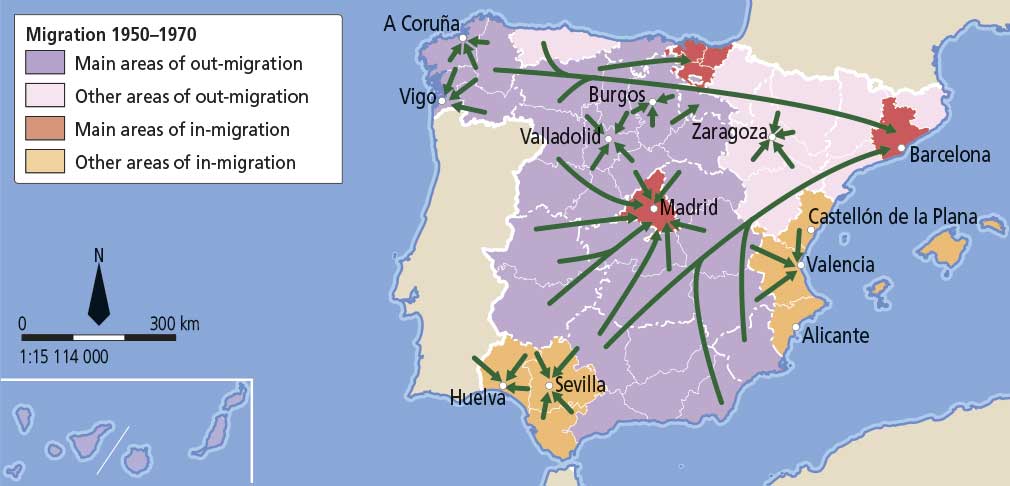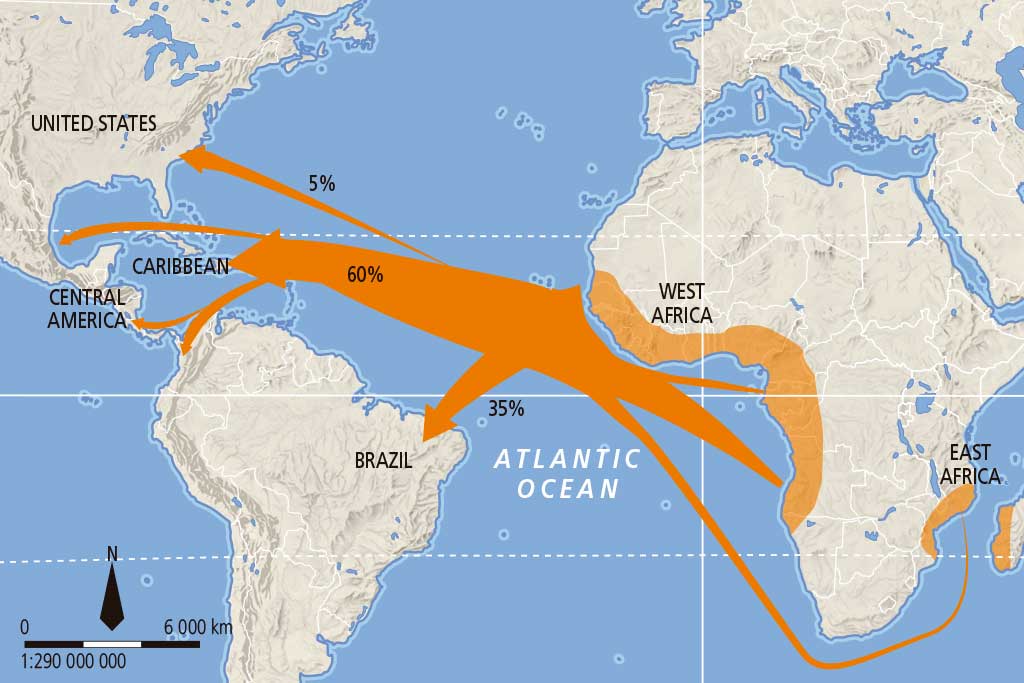We use cookies to improve and analyse your browsing experience on our web. You can accept these cookies, reject them or choose your settings by clicking on the corresponding buttons. Please note that rejecting cookies may affect your browsing experience. For more information you can consult our Cookies policy.
Cookies are an essential part of how our web works. The main goal of cookies is to make your browsing experience more comfortable and efficient and to improve our services and the web itself.
Here you can find all the information about the cookies we use and you can activate and/or deactivate them according to your preferences, except for those cookies that are strictly necessary for the operation of the web. Blocking some cookies may affect your experience on the web and how the site works. For more information you can visit our Cookie Policy.
These Cookies are necessary for the web to function and cannot be disabled on our systems. They are generally only set up in response to actions you may take such as requesting services, setting your privacy preferences, logging in or completing forms. You can set your browser to block or warn you about these cookies, but some parts of the web will not work. Information about Cookies.
These Cookies allow us to count the number of visits and traffic sources so that we can measure and improve the performance of our site. They help us to find out which pages are the most popular and least popular, and to see how visitors move around the web. All information collected by these Cookies is aggregated and therefore anonymous. If you do not allow these Cookies we will not know when you visited our web. Information about Cookies.
These cookies are used to analyse your activity in order to show you personalised advertisements.Information about Cookies.
Change theme

Revision mode

Throughout history, there have been massive displacements of population. Sometimes these have affected whole peoples.

|
GLOBAL MIGRATION
 The triangular trade
The forced displacement of 10 to 20 million slaves from Africa to America between 1550 and 1850 led to the depopulation of the Guinean coast, and to an increase in population in the United States, Brazil and the Caribbean. The boats that left Europe carried mirrors, fabric and glass to Africa. These products were exchanged for slaves. The slaves were taken to America, where they were sold. The boats left America with tobacco, cotton, sugar and cocoa to be sold in Europe. This is known as the triangular trade.
Europe
After the discovery of America, Europeans emigrated to the New World. Later on, the Industrial Revolution led to significant internal migration towards industrial regions, particularly in the United Kingdom, France, Germany and Italy. As a result of the Second World War, millions of Poles and Germans were displaced westwards. In the 1960s and 1970s, people emigrated from Mediterranean countries such as Italy and Greece to more developed countries such as Germany. Industrial development also produced internal migration from rural to urban areas.
Central and South America
There were two principal waves of immigration in the Early Modern Age: European colonists who came mainly from Spain and Portugal, and African slaves. After their independence, these countries received many immigrants from Spain and Italy.
North America
The population of the United States is the result of a continual influx of immigrants. This process began with the arrival of British colonists and African slaves in the 17th century. After American independence in 1776, immigrants from Germany, Scandinavia and Central Europe began to arrive. In the late 19th century immigrants came from Ireland, Italy and China. From the mid-20th century onwards, immigrants came mainly from Asia and Latin America.
Asia
The Mongolian invasions led to significant migration in Central Asia. In the 16th century Russia began to colonise Siberia. More recently, internal migration in China has seen millions of people move from rural to urban areas.
Africa
In the 13th century, the Bantu peoples began to migrate from West Africa towards the east and south. In the 17th century Dutch colonists began to arrive in South Africa. In the late 19th century the European imperial powers divided up Africa, establishing colonies.
Australia
The first immigrants to Australia were British convicts. In the 19th century immigrants began to arrive from other European countries. |
Activity 24
Remember
Activity 25
What was the triangular trade?
Activity 26
Understand
Activity 27
Listen and name four immigrants to the United States who became famous. What were they famous for?
Activity 28
Evaluate
Activity 29
What effects do you think their presence in Spain has had?

